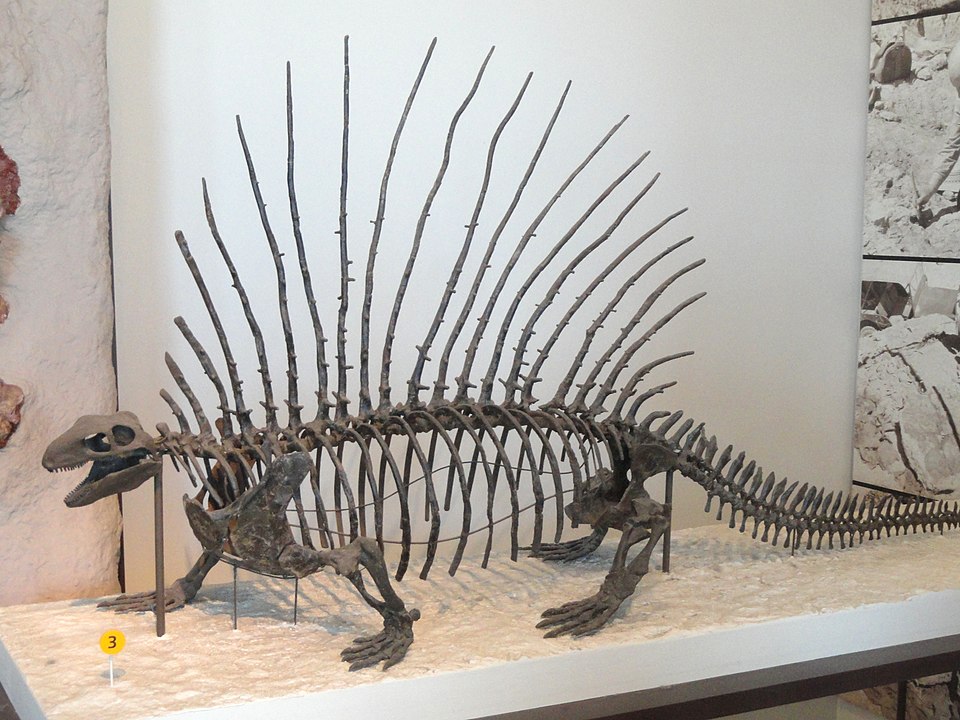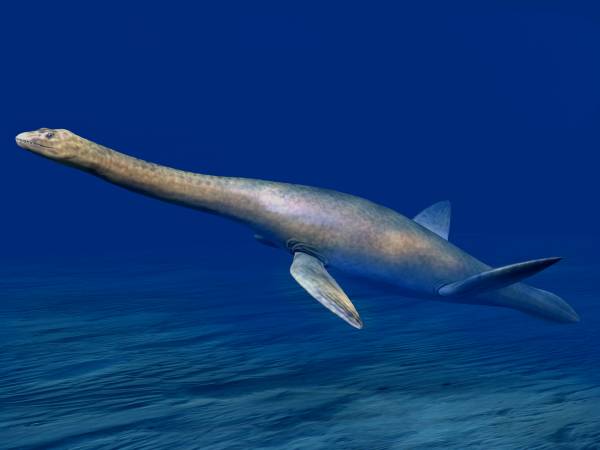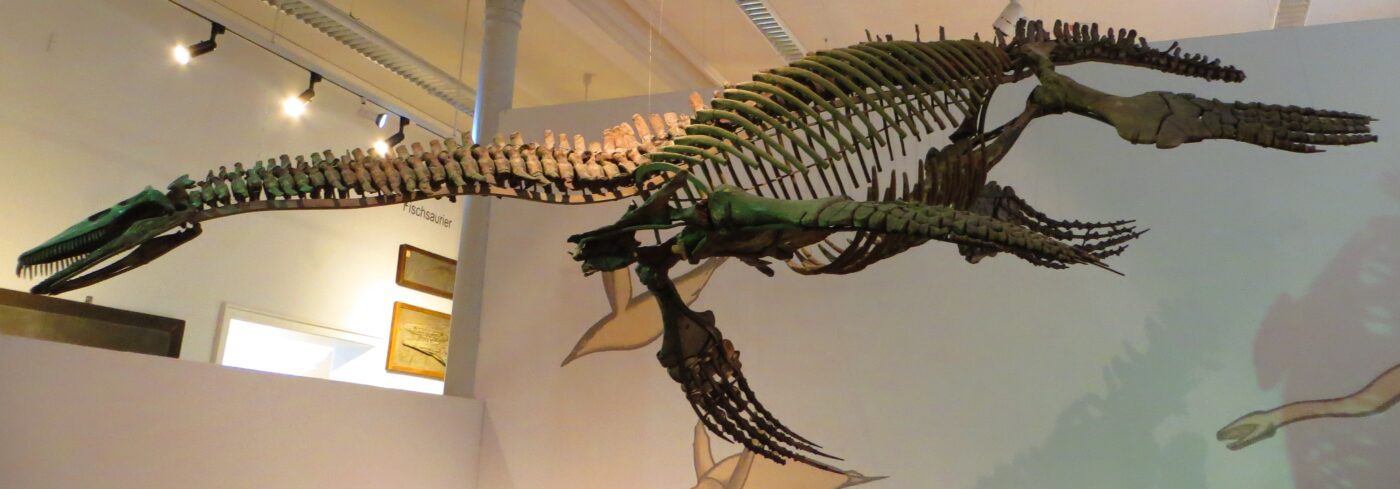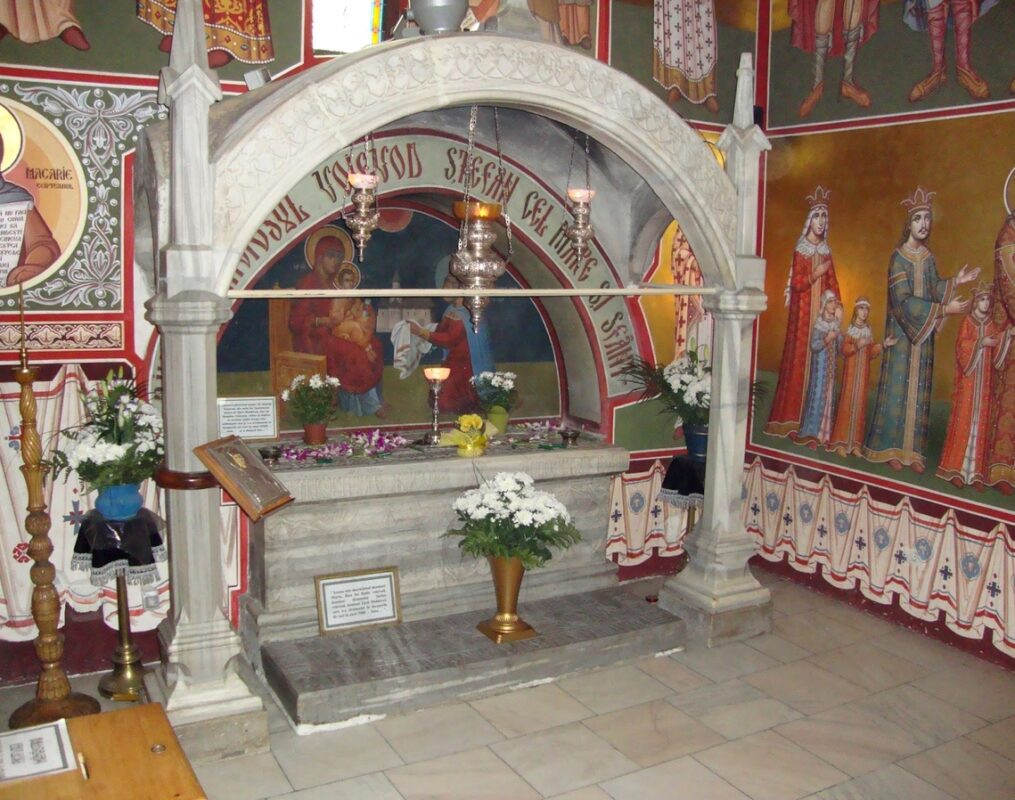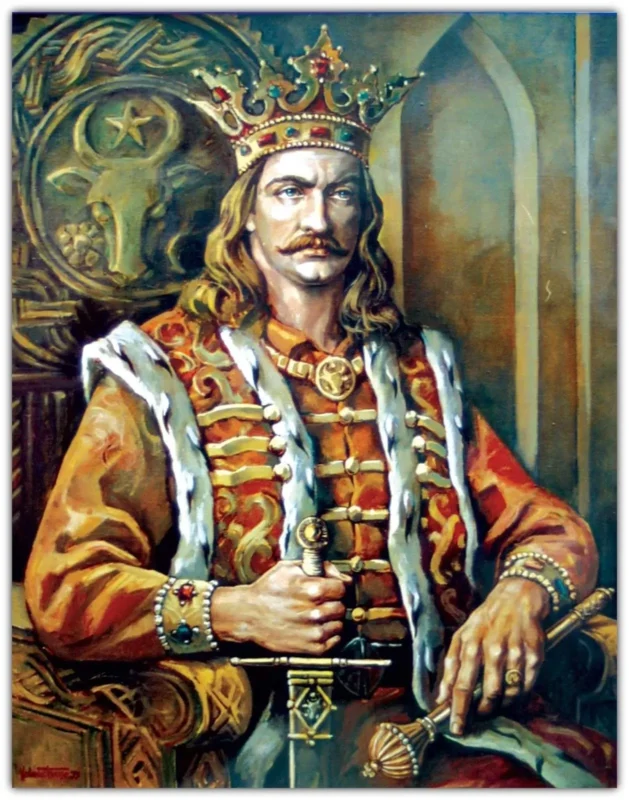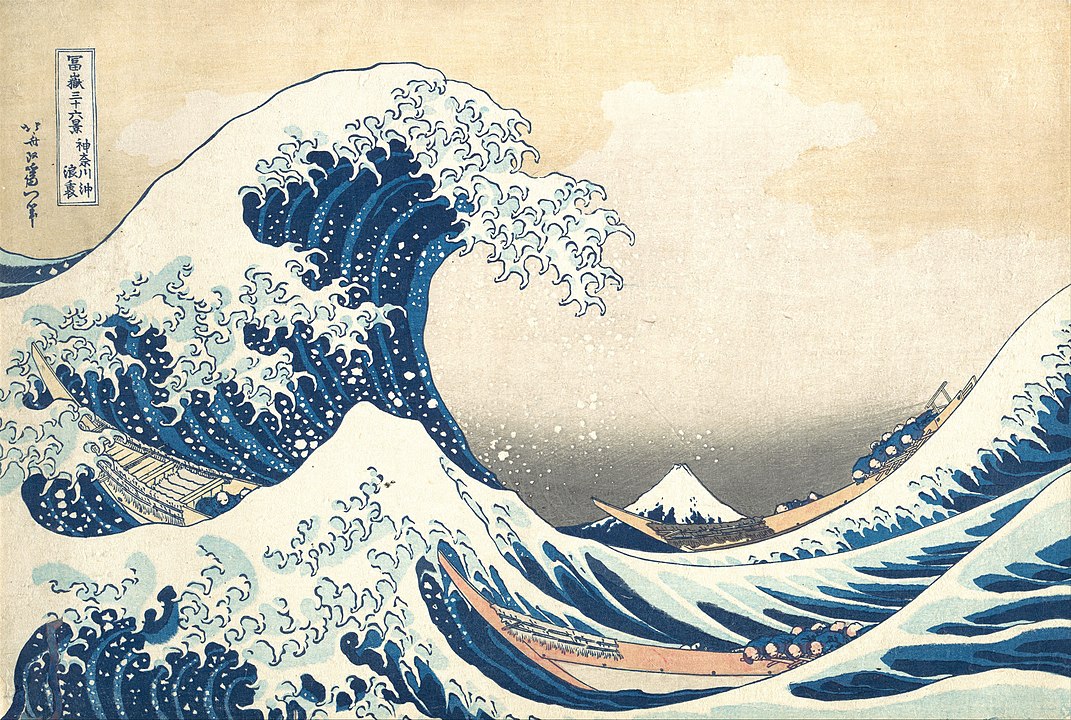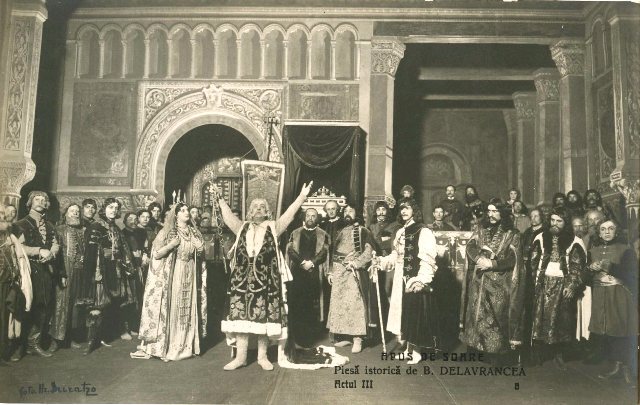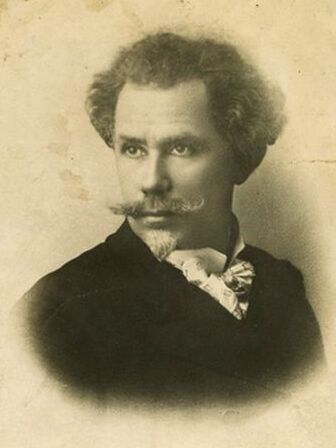The Civilized 1980s… and the trip to Mecca.
The 1980s is often called the decade of decadence. There were good parts and bad parts. Compact discs appeared, smallpox was announced to have been eradicated, the space shuttle first launched, MTV debuts and, of course, the internet was created. The world was growing, becoming more intelligent, kind and, dare I say it, civilized.
Saudi Arabia issued #796 in October of 1980. It features Muslims on an airport tarmac arriving in Mecca. A pilgrimage to Mecca, known as the Hajj, is one of the Five Pillars of Islam and is considered one of the most significant religious duties for Muslims. The pilgrimage is obligatory for adult Muslims who are physically and financially capable of undertaking the journey at least once in their lifetime.
1980 was also the year the Saudi Arabian government put to death 63 men for attacking Mecca the year before.
The 63 men were beheaded by sword for their part in an attack on the Grand Mosque in Mecca. The beheadings were carried out at dawn in public parks in eight cities. The executions were scattered throughout the country to expose as many people as possible to the judgement against the Moslem militants and to dispel suspicions that the attack on the mosque had weakened government authority.
This, in the civilized, modern era we live in.
When asked what he thought about the public executions one local said, “People here tend to stay indoors at such times.”
At the time this was the largest mass execution in the 48-year history of Saudi Arabia.
Think we are more civilized now?
Saudi Arabia outdid itself by executing 81 men, at one time, on March 12, 2022. Now, in 2023, authorities in the Kingdom of Saudi Arabia have executed at least 100 people according to Amnesty International.
The 63 beheaded men had their heads sewn back on before burial, as is tradition.
Stamps have stories. Sometimes they show elements of life that are good. Sometimes there is a darker side or a seldom heard side that they do not want you to hear. In the listings in the store you can read more about the stamps in addition to the Stamp Stories section. Remember, stamp collecting as a lot to offer, you just need to look and appreciate them for what they give to you… and you choose to take from them.





